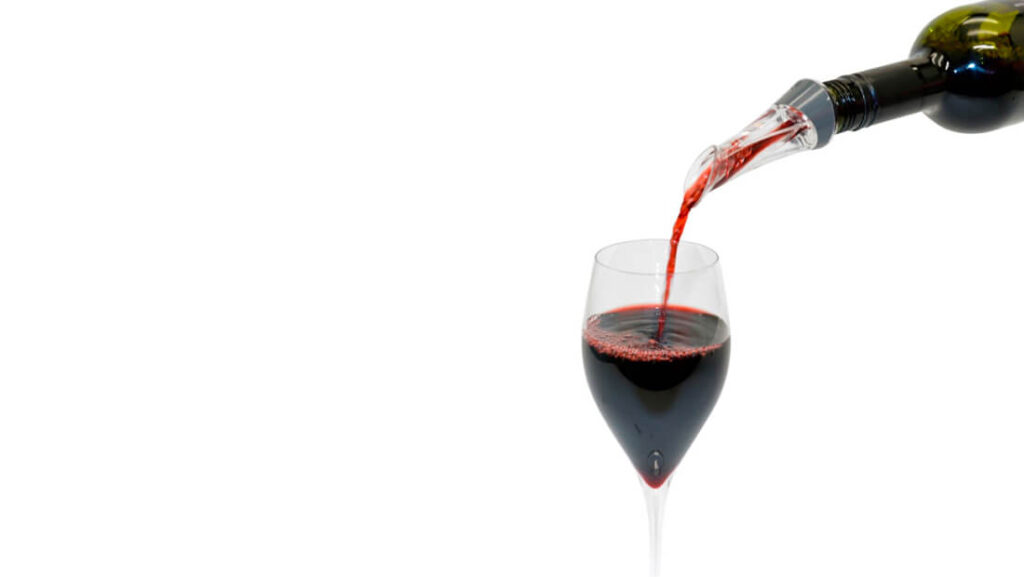Do you know why people swirl wine? Well, it’s a simple reason – to aerate it. By swirling the wine, you break up the gas bubbles that form when the wine is poured. This allows oxygen to enter the wine, which helps it taste better and makes it more enjoyable to drink. If you’re ever at a party and see someone swirling their wine, you can probably assume they’re enjoying it! Let’s look at the idea of swirling wine closer in the article. But first, check out our exclusive wine offers at Shop Wine Society.
What are the 7 S’s of wine tasting?
When it comes to wine tasting, a few key principles should be followed to get the most out of the experience:
1) See – Look at the wine, and try to appreciate its color, clarity, and other features.
2) Swirl – Gently swirl the wine in your glass several times so you can enjoy its subtle flavors.
3) Smell – Take a deep breath and smell the wine from head to toe. Do you detect any citrus notes? Floral scents? After smelling the wine, what is your initial impression?
4) Sip – Take small sips of wine to fully taste each sip without letting it go too fast. Remember how wines age over time; if you drink them too quickly, you won’t feel all the subtle flavors unless you savor them!
5) Slurp – Drink straight from the glass without hesitation for maximum enjoyment (yes, you can slurp).
6) Savor – Take your time getting through each sip, letting each flavor linger on your palate for as long as possible.
7) Spit – You might be surprised knowing many sommeliers actually spit the wine after tasting it to stay sober and better recognize each wine’s flavors.
Why do you swirl wine?
So, let’s say you arrive at a wine-tasting class and get confused – why swirl wine? Swirling wine is a technique used to enhance the flavor and aroma of the wine. The practice was first reported in ancient writings and has recently resurfaced as an essential part of wine tasting.
When you swirl your wine, you are aerating it. Aeration helps break down cell walls so that more volatile aromas and flavors can be detected. It also allows oxygen to enter the liquid, which enhances color and taste attributes. Finally, swirling stimulates respiration in the yeast cells, which triggers the production of carbon dioxide gas (some believe this contributes to improved flavor). So why do this? All of these things work together to make your wine experience more enjoyable!
What to look for when swirling wine?
When swirling wine, it is vital to gently hold the glass at a 45-degree angle to the floor. This will help release the aromas and flavors of your wine. Additionally, try to swirl your wine around its entire circumference rather than spinning it in one direction exclusively. Finally, pour only what you can drink in one go – overfilling your glass with wine will dilute its flavor and aroma. And be careful not to splash yourself or other guests with the wine – it’s never fun when that happens!
Does swirling wine aerate it?
Swirling wine helps to aerate it by breaking up the surface tension of the liquid. This allows oxygen and other gasses to enter and improve flavor. Wine aeration is introducing air into wine to enhance its flavor and alcohol content. Swirling the wine helps break up clumps and bubbles, making it easier for oxygen to reach all of the wine’s molecules. This increased exposure to oxygen allows the wine to become more mellow and fruity, with a more profound complexity.
Should you swirl white wine?
The truth is that swirling wine at a wine tasting can give you a more complete and nuanced experience. By swirling the glass, you are aerating it, which helps to release its aromas and flavors. Additionally, swirls help break up larger molecules so that your nose can detect different elements in the wine more easily. So swish around! It might enhance your enjoyment of the wines on offer!
There is a lot of debate surrounding swirling white wine at a wine tasting. Some people believe that it enhances the taste and aroma of white wine, while others think it can cloud the senses and ruin the experience. Ultimately, it’s up to you whether or not you want to swirl your wine. Just be aware that other attendees might not appreciate your decision if they prefer not to swirl their wines.
Things not to do at a wine tasting
Before going to a wine tasting, knowing the dos and don’ts is crucial. Here are some of the most common mistakes that people make at wine tastings:
– Need to prepare. Before going to the wine tasting, research what wines are being offered and know what kind of palate you fall into. This will help narrow down your options so that you don’t waste time trying something that won’t suit your taste preferences.
– Not asking questions. Ask the winemaker or sommelier about their particular winemaking process and how each grape is used in their wines. You’ll learn more about the vineyard and the varietal(s) used to appreciate better each selection’s nuances (and possibly flaws).
– Drinking too much alcohol before going to the tasting. Alcohol can dull your taste buds, making it harder to pick out the nuance in wines.
– Eating heavy food before the tasting. This will only slow down your digestion and cause you to feel bloated and gross afterward.
– Bringing any foods or drinks with strong smells or flavors. These will overpower other aromas and flavors in the wine, making it very difficult to discern what you’re drinking.
– Critiquing the winemakers’ skills with other guests. This is an opportunity for specialists to share their thoughts and feelings about the wines they’ve tasted rather than having someone else critique them. Let them enjoy their own opinion!

